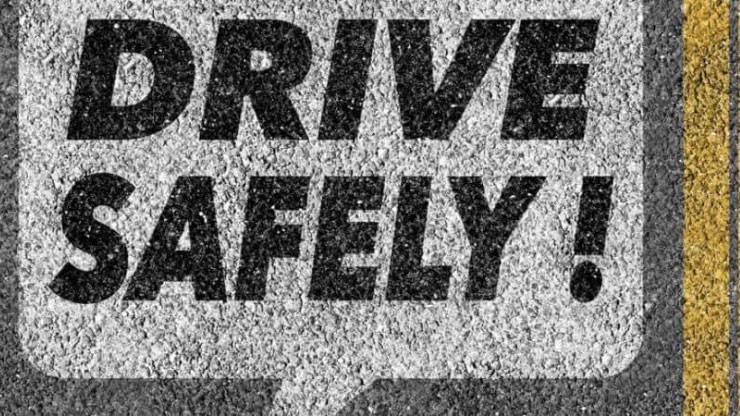Building a Culture Around Compliance, Safety, and Accountability (CSA)

Implementing a safety culture is a goal of every commercial carrier. At the core of any safety plan should be the Federal Motor Carrier’s Safety Administration’s (FMCSA) Compliance, Safety, and Accountability (CSA) initiative. Originally rolled out by FMCSA in December 2010, the CSA is the standard for safety practices in the trucking industry. In order to initiate changes within your company, or just change your personal driving habits, it’s important to begin with a foundational understanding of the CSA and its various elements.
CSA’s Three Elements Measurement CSA uses the Safety Measurement System (SMS) to collect and report safety data to the public online each month. It measures performance by tracking data - safety violations from roadside inspections, crash data reported by states, and violations identified during FMCSA interventions. Any violation or reported crash adversely affects the carrier’s SMS results for two years. CSA weights safety violations based on their statistical likelihood to cause an accident. It groups violations into categories called BASICs (Behavior Analysis and Safety Improvement Categories). Ratings range from 1 to 10 with least serious violations rated a 1. Ratings increase as they get more severe. A carrier's measurement for each BASIC depends on:
- Number. How many violations (or crashes) were there?
- Severity. How bad were the violations?
- Recency. How long ago did the violations happen?
After determining a measurement, CSA rates carriers in percentiles from 0 to 100 by comparing the carrier’s measurements against their peers. A lower number indicates the highest performing carrier. 1. Evaluation CSA uses the Safety Measurement System (SMS) to measure and evaluate safety performance for carriers and to monitor compliance issues over time. SMS uses measures that:
- Identify history of inspections, violations and interventions
- Identify types of intervention needed (if any)
2. Intervention States and the FMCSA use safety measurement results to identify the need for interventions with carriers for safety issues. The intervention provides early information about safety issues, allowing carriers the chance to take quick steps to change the behaviors. In some cases, when changes are not enough, CSA investigators can impose penalties. CSA uses three progressive intervention categories:
- Early Stage Intervention
- Warning Letter - identifies specific BASICs alerts and outlines possible consequences of continued safety problems.
- Access to Safety Data and Measurement Tools - carriers have access to their SMS data, as well as inspection and violation reports that impact their data, and are encouraged to chart a course for self-improvement.
- Targeted Roadside Inspections - A carrier’s SMS data is shared with roadside inspectors who will “spot check” the carrier’s vehicles to monitor progress in addressing safety problems.
- Investigation
- Off-site - investigation conducted by FMCSA or State primarily through review of documents related to safety issues. May include third-party documents such as toll receipts, border-crossing documents or drug testing records.
- On-site (focused) - conducted to identify a root cause for specific problems noted by BASICs alerts.
- On-site (comprehensive) - conducted at the carrier’s place of business when BASICs scores indicate a worsening safety record or multiple alerts, or in the case of a fatal accident.
- Follow-on Actions
- Cooperative Safety Plan - safety self-improvement program voluntarily initiated by the carrier following an intervention
- Notice of Violation - formal notice of a safety violation requiring a response from the carrier. Violations at this level are usually immediately correctable and not subject to fines if corrected.
- Notice of Claim - formal notice issued when safety violations are severe or after multiple uncorrected violations. These notices are subject to monetary fines.
- Operations Out of Service Order - The carrier is notified it must cease all motor vehicle operations.
With the Compliance, Safety, and Accountability initiative, the FMCSA is making both drivers and carriers responsible for safety performance of commercial motor vehicles. While the program has several complexities, understanding its basic structure can help create awareness of safe driving practices. Please see future issues of this blog for additional explanations of various CSA topics.

